Smoky Quartz
Smoky quartz is a smoky-brown/grey variety of the mineral quartz, which is one of the most common minerals on Earth.
Smoky quartz gets its color from the natural radiation in the earth, which causes it to absorb and trap tiny amounts of radioactive elements over time. However, artificially irradiated Smoky Quartz is very common.
Showing all 10 results
-
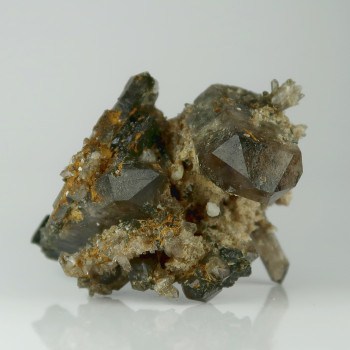
Aegirine, Smoky Quartz, and Calcite from Mt Malosa, Malawi
£25.00 -
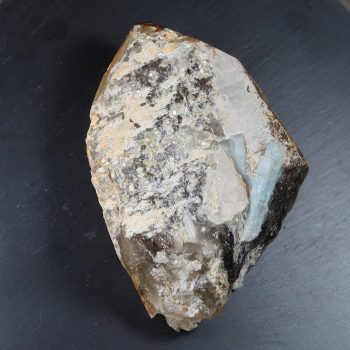
Aquamarine on Smoky Quartz with Mica
£100.00 -
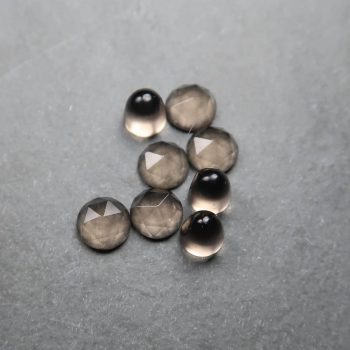
Quartz Cabochons (Smoky)
£2.25 – £3.25 -
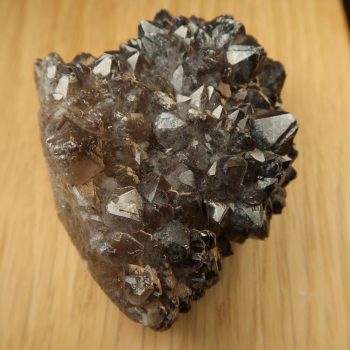
Quartz Clusters (Smoky)
£19.95 – £29.95 -
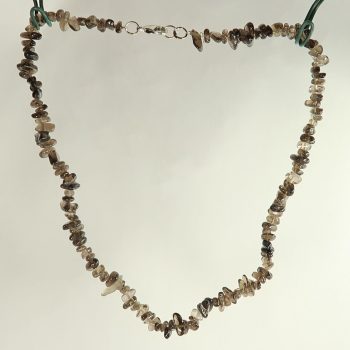
Quartz necklaces (Smoky)
£3.50 -
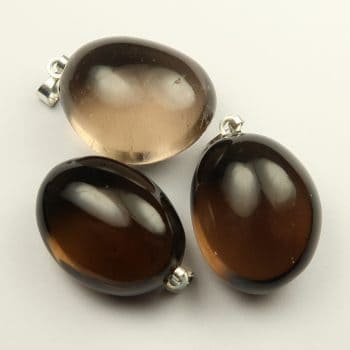
Quartz pendants (Smoky)
£2.00 -
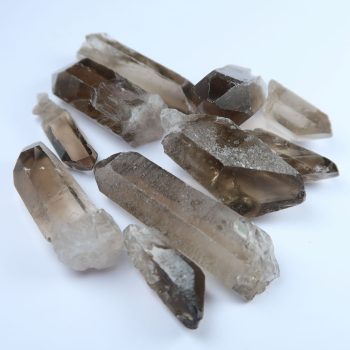
Quartz Points (Smoky)
£2.00 -
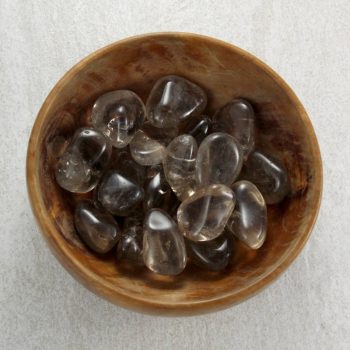
Quartz Tumblestones (Smoky)
£3.50 – £6.50 -
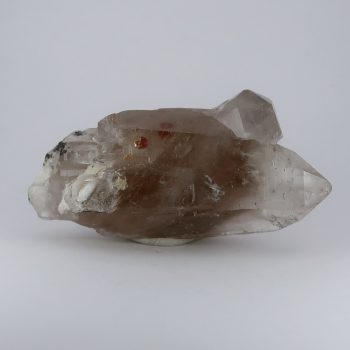
Quartz with Garnet inclusions (Smoky)
£50.00 -
Sale!
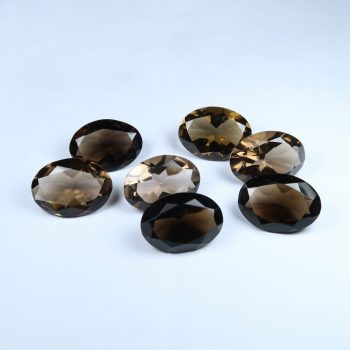
Quartz, Faceted (Smoky)
£1.95 – £10.00
Appearance, Uses and History
Smoky Quartz is common and has not been widely used for much – although it became popular in the last few hundred years for jewellery making.
Supposedly during the 12th century, Chinese judges used sunglasses made from Smoky Quartz to hide their emotions and facial expressions in court. Whether or not this is accurate I can’t say – I have found a pair from the early 19th century though.
Nowadays it is largely used as a decorative stone and is usually sold carved, polished, or tumbled.
Locales
Smoky Quartz is found all over the world, with excellent quality specimens being found in Afghanistan, Australia, Austria, Bolivia, Bosnia, Brazil, China, Czechia, Egypt, Ethiopia, France, Germany, Italy, Japan, Kazakhstan, Madagascar, Mexico, Pakistan, Poland, South Africa and the USA.
A number of excellent specimens from Brazil, Madagascar, or Mexico can be found online for relatively inexpensive prices.
There is a particular form of smoky Quartz from Scotland referred to as ‘Cairngorm Quartz’ which is extremely popular with UK collectors.
Mineralogy
Hazards and Warnings
Almost all rocks, minerals (and, frankly, almost all other substances on earth) can produce toxic dust when cutting, which can cause serious respiratory conditions including silicosis.
When cutting or polishing rocks, minerals, shells, etc, all work should be done wet to minimise the dust, and a suitable respirator or extraction system should be used.
Translations
‘Smoky’ Quartz may not translate perfectly into other languages, especially when using automatic translator programs.
Arabic:
- دھواں دار کوارٹج
Hindi:
- धुएँ के रंग का क्वार्ट्ज
Portuguese:
- quartzo esfumaçado
- quartzo fumê
- Quartzo fumado
Bengali:
- ধূমপায়ী কোয়ার্টজ
Indonesian:
- kuarsa berasap
Punjabi:
- ਤੰਬਾਕੂਨੋਸ਼ੀ ਕੁਆਰਟਜ਼
English:
- smoky quartz
- ‘smokey’ quartz
- cairngorm quartz
- morion (for dark to black smoky Quartz)
Italian:
- quarzo fumé
Russian:
- дымчатый кварц
French:
- quartz fumé
Japanese:
- スモーキークォーツ
Spanish:
- cuarzo ahumado
German:
- Rauchquarz
Korean:
- 스모키 쿼츠
Thai:
- ควันควอตซ์
Gujurati:
- સ્મોકી ક્વાર્ટઝ
Mandarin and Traditional Chinese:
- 烟熏石英
- 煙熏石英
Urdu:
